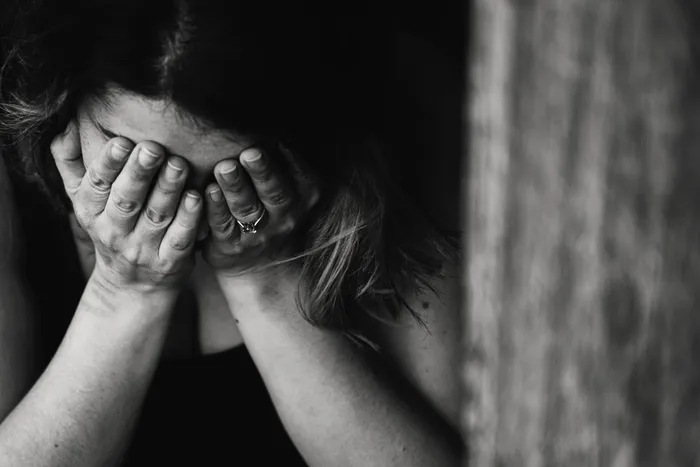Attempted suicides at varsities show many students battle with depression

The SA Depression and Anxiety Group revealed that one in four university students are likely to be diagnosed with depression, with 20% admitting to having had suicidal thoughts at some point in their tertiary studies. Picture: Pexels The SA Depression and Anxiety Group revealed that one in four university students are likely to be diagnosed with depression, with 20% admitting to having had suicidal thoughts at some point in their tertiary studies. Picture: Pexels
The SA Depression and Anxiety Group (Sadag) has revealed that one in four university students are likely to be diagnosed with depression, with 20% admitting to having had suicidal thoughts at some point in their tertiary studies.
These alarming statistics indicate that students need support in dealing with stress and anxiety.
Vega managing director Shevon Lurie said this showed that students were in dire need of support.
Lurie said higher education institutions should place greater emphasis on mental health and wellness, adding that a full-time social worker or counsellor was a must on every campus.
“Students carry incredibly heavy loads of stress and unrealistic expectations on their shoulders, especially during exam time. Those loads only get heavier as they progress through their studies, and feelings of anxiety about their career and future start to creep in,” said Lurie.
Suicide has been identified as the second-highest killer of young people in universities. Last October, at least two University of Johannesburg students committed suicide. In the same month, a Wits University student jumped off a Braamfontein building to his death.
There were also about 23 attempted suicides at the University of Pretoria.
“I think that the stress of living in such a digitally-driven world needs to be countered by humanness,” said Leigh Haselau, campus wellness navigator at Vega.
“Our goal is to create a culture of acceptance and non-judgement on campus so that students and staff feel comfortable to seek out counselling and support.
“In any higher education institution, the biggest priority should be helping students to find their purpose in the world. That entails building initiatives into the curriculum that encourage students to engage with the issues that face the world, so one day they can have a meaningful impact and bring positive change to their fields,” said Lurie.